Archive for the 'Uncategorized' Category
February 6th, 2015 by dave dorsey
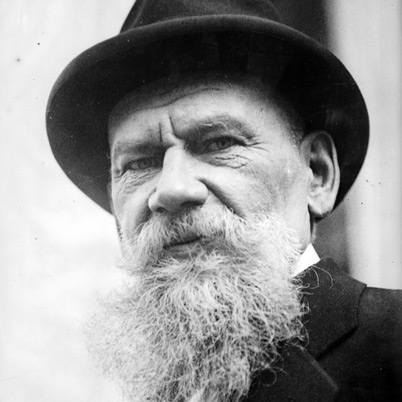
Tolstoy
In a passage replete with quotable sentences from the linked article: “Levin at last realizes that if one lives rightly moment to moment, one can sense life’s meaningfulness, but one will still not be able to express it.” From a fantastic essay in The New Criterion about how science has narrowed and blinded us to its own limits, on the path toward wisdom. One can substitute the word “literature” with the word “art” at the end of the second paragraph and do no harm to the meaning of the paragraph:
Tolstoy in particular shaped Wittgenstein’s thought. As a soldier in the Austrian army, Wittgenstein carried copies of Tolstoy’s stories and Gospel in Brief everywhere. His friends jokingly referred to him as “the man with the Gospels.” The end of the Tractatus makes sense the moment one recognizes it as a loose paraphrase of Levin’s meditations in Part VIII of Anna Karenina.
For Wittgenstein, logic and science are indeed powerless to address questions of life’s meaning. “We feel that even if all possible scientific questions be answered, the problems of life have still not been touched at all,” Wittgenstein explains. But that does not mean these problems do not matter. It means that they must be addressed otherwise—for example, by literature.
Like Levin, Wittgenstein reasons that “the sense of life” cannot be a fact in the world, but must lie outside it. It cannot belong to the chain of cause and effect, or anything connected with natural laws, because it must illumine life as a whole. Or as Levin comes to understand: “If goodness has causes, it is not goodness; if it has effects, a reward, it is not goodness either. So goodness lies outside the chain of cause and effect.”
Levin at last realizes that if one lives rightly moment to moment, one can sense life’s meaningfulness, but one will still not be able to express it. What changes for him is not some fact in the world, but the world itself, which, as Wittgenstein paraphrases the point, “must wax and wane as a whole.” Ultimate questions are not answered, but they vanish in the face of meaningfulness and goodness directly experienced. Wittgenstein at his most Tolstoyan explains: “The solution of the problem of life is seen in the vanishing of this problem. (Is not this the reason why men to whom after long doubting the sense of life became clear, could not then say wherein this sense consisted?).” Russell notwithstanding, the genuinely inexpressible is indeed real. We come to know it not by logical deduction but because “it makes itself manifest. That is the mystical.”
When Levin comes to this realization, he understands that meaningfulness has always been there right before his eyes, hidden in plain view. Cloaked in its ordinariness, it is a daily miracle. “And I watched for [material] miracles, complained that I did not see a miracle that would convince me,” Levin thinks. “And here is the miracle, the sole miracle possible, continually existing, surrounding me on all sides, and I never noticed it!”
February 4th, 2015 by dave dorsey
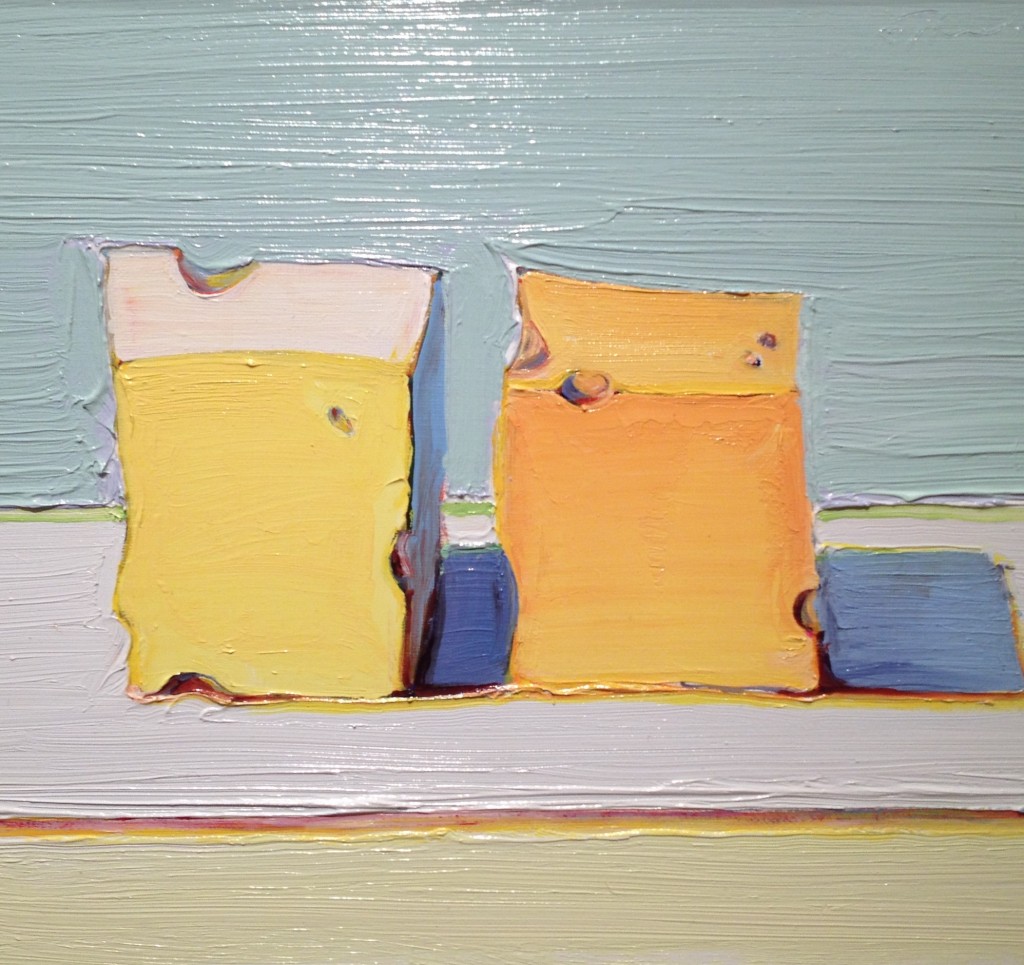
Two Cheese Cubes, 2011
I saw comparatively few exhibits over the past year, but I did manage to catch Wayne Thiebaud at Aquavella, where we lingered quite a while in front of his work. It appeared to be a selection from throughout his career, though I’d hoped for more of the recent large non-urban landscapes. It did have at least one smaller work in that mode: a luminous view of a shoreline with a file of beachcombers, who appeared, on closer inspection, to be armed with metal detectors. It’s no shock that Thiebaud is whimsical enough to turn a potentially grubby-looking subject into something gorgeous. The show in general was as energizing as I’d hoped it would be, and it offered some interesting surprises including a small self-portrait in graphite, a pencil sketch that captured his young likeness with great economy despite the paper’s dimensional constraints. You could discern the slightly pensive good cheer behind his eyes even at that small scale. His handling of paint varied in surprising ways even within individual paintings. He trowels the paint onto a surface in his backgrounds and in uniform areas of color, but when it comes to rendering the human body, the paint becomes smooth and less visible, as if it’s been rubbed smooth from so much polishing. So he’ll show you a figure where the background might be so thick it looks as if he was able to drag a fingertip around the edge of his sitter’s figure, almost as if to indicate a saintly aura, but then the arms are so carefully finished the paint disappears into the illusion it creates. My favorite: a brilliant little painting of two blocks of cheese, as minimal as a Stella, but filled with the light that Thiebaud owns. Simple or not, he can work on a painting for years.
He extolled the value of “long looking” in an interview with Art News about Morandi’s influence on his work, and I wholeheartedly concur with every word: “There are such good lessons to learn from looking at his work. They have to do with certain propositions that I think serious painters need to be aware of. One of them, I think, is the wonder of intimacy and the love of long looking. Of staring but at the same time moving the eye, finding out what’s really there, and there are so many things that are subtle and may look like something at one moment but not the next. There’s always that kind of “not quite” with Morandi and yet the feeling of totality is so nicely complete. It’s always a joy to look at his work.”
Aquavella is one of the nicest art spaces I’ve visited in New York City, a former residence, not nearly as spread out as the former garages in Chelsea, but with very high ceilings, including one room with rows of sculpted busts sitting far up in a recessed alcove that runs along the wall just beneath the crown molding. It’s a phalanx of likenesses of luminaries from the Enlightenment. I recognized Voltaire and hazarded some guesses about many of the others.
February 1st, 2015 by dave dorsey
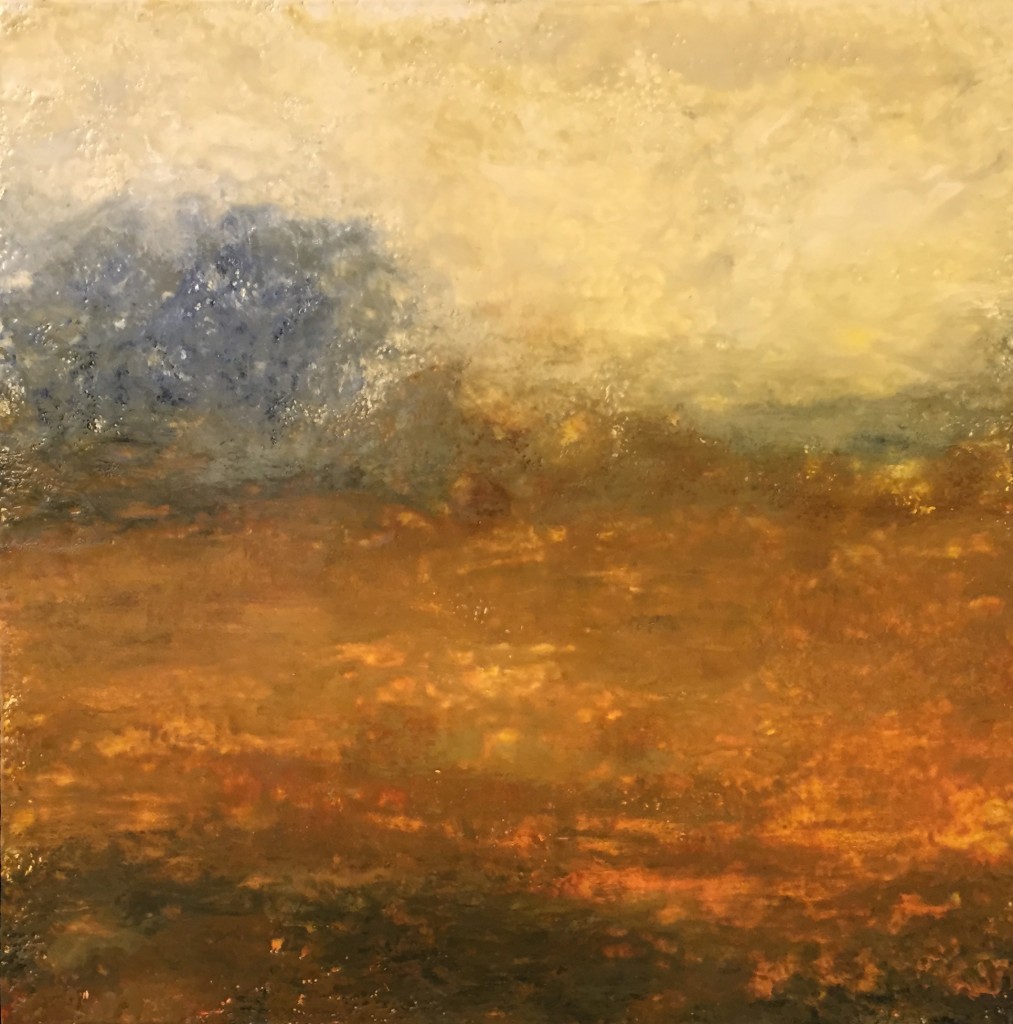
Respite, encaustic on panel, Sharon Gordon
“Eternity is in love with the productions of time.” –William Blake
At the Oxford Gallery here, Jim and Jinny Hall have assembled a finely unified show of two regional artists, Karl Heerdt and Sharon Gordon, who are working in the stylistic neighborhood of Tonalism, a school of art that has drawn Jim’s devotion as a collector and dealer for many years. You’ll see many of Tonalism’s earmarks in the work of both painters: an emphasis on evoking landscape rather than denoting its details, a sense of diffuse twilight, and quiet hints of transcendence. In the 19th century, Tonalism was in part a response to the work of thinkers like Emerson and Thoreau, whose writing affirmed a Yankee Romanticism, a perception of the world where the human soul and the natural world sprang from one unifying spiritual source. I suspect neither Heerdt nor Gordon would go so far as to call themselves transcendentalists, but in the current work of both painters, the indeterminacy of what’s being depicted gives their elusive images the sense of withholding as much as they disclose–hinting at a life behind appearances that glances out at the viewer and then withdraws. The paintings return your gaze in a way that makes you want to know more about what’s happening behind the look of things. Heerdt lives and works mostly around Buffalo. Of all his work, his simple scenes drawn from the Niagara River have always captured and held my attention the longest. One of these, in this show, a very small oil, includes little more than a hump of snow to indicate the bank of the river and then a stretch of indistinct water with a few whitecaps, a scene nearly devoid of subject matter–or distinctly even visible objects. It has the simplicity of a Milton Avery, dividing two dominant colors/values diagonally. Yet it’s intensely recognizable, a glimse of our region of excruciatingly familiar gray winter light that,in January for anyone living on the shore of Lakes Erie and Ontario, becomes the dull, dreamy ground of one’s consciousness. Yet it’s masterful and seemingly effortless, his handling of the paint as essential to the effect as the way he seeks that illusion of our somber Rust Belt twilight. His other work is every bit as masterful, a tangle of brushwork up close, but, a few steps away, an amazingly precise evocation of a particular hour’s slant of light. One small oil, of another river, in Yellowstone, with vaguely purple reflections on the water, looks as if it could have been done en plein air, in a single sitting, and yet there isn’t a false move or needless bit of paint anywhere in the image. In other words, Heerdt is getting better and better. He told me at the opening that he’s trying to simplify his methods in a radical way, working toward an image from four, three, even two abstract areas of value, building outward from that flat map of light and dark. He said he’s also working in more hints of color, sometimes almost arbitrary, into what has been his past adherence to blues, grays, browns and whites. He has started a series of much larger canvases, and I can’t wait to see what emerges from that shift in scale.
Sharon Gordon’s experiments with encaustic and cold wax form the core of her portion of this show, and these mostly square, fairly small images hover at the exact halfway point between representation and abstraction. They work perfectly in either mode. They evoke Turner as much as the Tonalists, and some verge on color field painting. MORE
January 30th, 2015 by dave dorsey
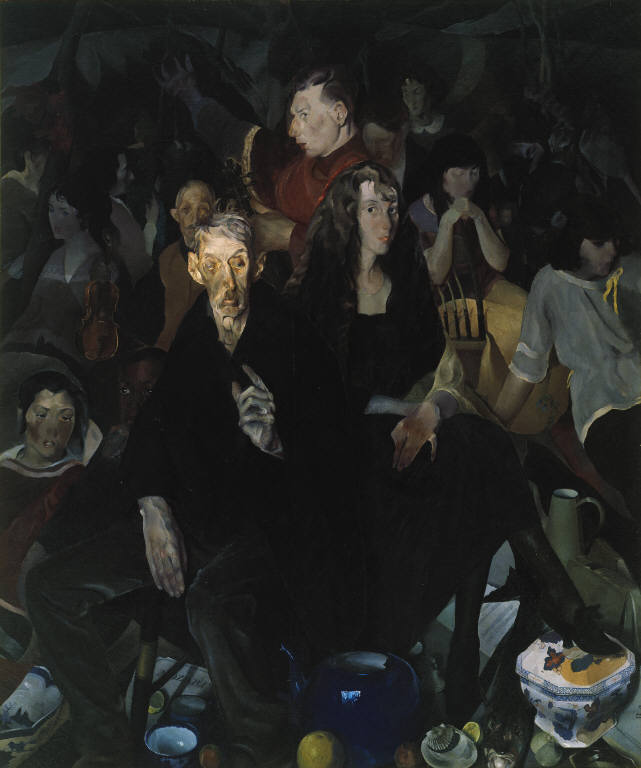
An Anniversary, Edwin Dickinson, Oil on Canvas, Albright Knox Art Gallery
From Matt Klos, I got the notice below about a couple exhibits of perceptual painting which I’ll be heading down to see in Maryland next month. The first show is a must-see, if for no other reason that the fact that it’s a chance to see An Anniversary, by Edwin Dickinson, which is in the permanent collection in Buffalo at the Albright-Knox. Matt was able to wrest quite a few paintings like this from various sources to put together this overview of how perceptual painting has evolved. I discovered it by chance a couple years ago at the Albright Knox while wandering through its permanent collection after having lunch there with A.P. Gorney. But since then, it has been in storage whenever I’ve been there. While down in the Baltimore area, I’ll spend some time talking with Matt about what went into curating what looks to be such a great show. Can’t wait. The announcement from Matt, including details on a second show of contemporary painters, including his work:
Exhibition 1, “A Lineage of American Perceptual Painters,” curated by Matt Klos
A Lineage of American Perceptual Painters, January 15 – March 1, 2015
This exhibition of American Perceptual Painters focuses on a lineage of American Realism begun, in part, by Edwin Dickinson (1891-1978), a student and contemporary of Charles Hawthorne (1872-1930), through the present day. Though representing various genres, themes, and approaches, these artists share a commonality which involves painting from direct observation. This exhibition celebrates a representational lineage that has persevered through the antagonism of the Modern era and continues to enrich the discussion of contemporary American art.
Artists:
Charles W. Hawthorne (1872-1930) Susan Jane Walp (b. 1948)
Gwen John (1876-1939) Tim Kennedy (b. 1954)
Edwin Dickinson (1891-1978) Charles Ritchie (b. 1954)
Fairfield Porter (1907-1975) Eve Mansdorf (b. 1955)
Arnold Newman (1918-2006) Scott Noel (b. 1955)
George Nick (b. 1927) Philip Geiger (b. 1956)
Lennart Anderson (b. 1928) James Fitzsimmons (b. 1957)
Gregory Gillespie (1936-2000) Neil Riley (b. 1957)
Gillian Pederson-Krag (b. 1938) Tim Lowly (b. 1958)
Rackstraw Downes (b. 1939) Gideon Bok (b. 1966)
Stanley Lewis (b. 1941) Elizabeth Geiger (b. 1967)
Mark Karnes (b. 1948) Sangram Majumdar (b. 1976)
St John’s College
The Mitchell Gallery
60 College Avenue
Annapolis, MD 21401
Gallery open noon to 5 p.m. Tuesday through Sunday and from 6:45 to 7:45 p.m. on Friday before the College lecture or concert. Closed on Monday.
I’ll give a lecture about the exhibition on February 17th at 5:30pm and there will be a panel discussion with some of the artists on February 22nd at 3pm. All are welcome to attend!
MORE
January 28th, 2015 by dave dorsey
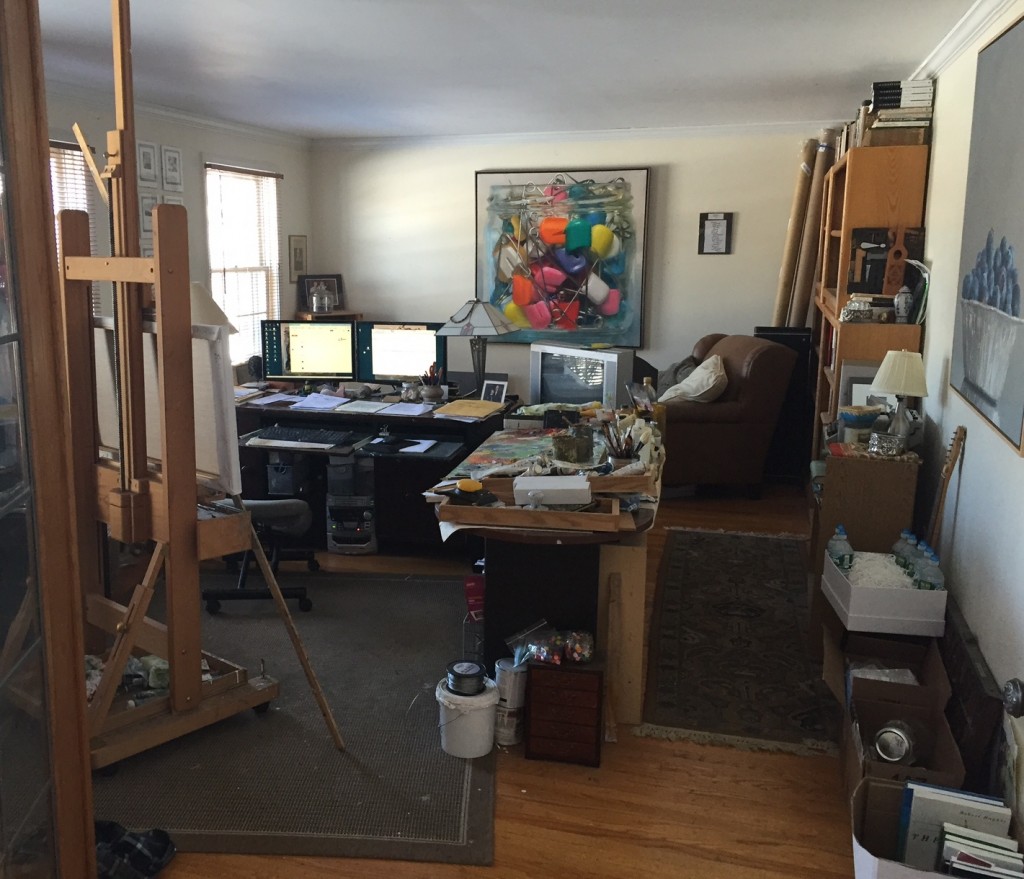
This studio of mine is humming with work right now, which is why it’s been so long since I’ve posted anything. I have a backlog of about a dozen posts I want to write, including a long conversation I had with Jim Mott recently, as well as an assortment of random thoughts, some long overdue praise for a long-gone Thiebaud exhibit I saw at Aquavella, and hopefully something about the fine new show of quasi-Tonalist contemporary work at Oxford Gallery right now, if I can pull away from painting long enough to focus on this blog. I’m almost done with work for my two-person show in March at Oxford, but still have plenty left to do–slowly and steadily–which generates a bit of anxiety as time grows short and the work proceeds at its own insistently careful pace. I’m loving the work though.
I’m also going to do a series of posts in reaction to my impulse purchase of The Birth of Tragedy, through the Kindle app on my tablet. I’ve been devouring it over the past few days. It’s an incredible book, very short and dense with original thought, and it’s hard to believe it’s so early in Nietzsche’s career, his first published work. The thinking is so subtle and complex, and the compression of his thinking reads like something from late in a philosopher’s career. In it, he questioned the role of science long before it became clear that technology could actually replace human beings, as it appears ready to do, and he went back to Greek tragedy to find a creative focus around which he could cluster glancing insights into art, philosophy and religion–in opposition to the notions of progress and rationality that arose with Socrates. I was softened up for a rereading of something by this German thinker after listening to so many podcasts from Entitled Opinions (whose host regularly revisits Heidegger’s interrogation of Western civilization, a project he inherited directly from Nietzsche, whose name also comes up regularly with guests on that Stanford University program.)
Now that I’ve reread this book, I think Nietzsche might actually have disapproved of the sort of painting I do, and that itself might be worth a post, because I would have something contra Nietzsche to say on the matter, but he’s making me examine the assumptions underlying what I do. Very little of what’s so powerful in this book relates much to the notions for which Nietzsche eventually came to be known: the ubermensch, eternal recurrence, and so on. He returns again and again to the effect of music in classic Greek tragedy: how it unveils an entire world and an obliteration of the self in a kind of cosmic sorrow and wonder that employs the events and characters of the drama as a shield through which that sorrow can be experienced as joy. His thinking strikes me as insightful when it comes to how the cleverness and conceptualism of art in the past century has broken it free of its moorings. The loss of a central mooring is what he was lamenting already, just as modernism was coming to life–without being able to express directly what the crucial impetus of creative work was. So much to write, so little time . . . but I’ll be able to get back to posting soon.
January 18th, 2015 by dave dorsey

Chaucer, as new as he ever was
I was browsing through the squibs in the front of the most recent The New Yorker fresh from my mailbox, hoping to find something to see on a quick trip to Manhattan where Nancy and I, along with a couple friends, have tickets for the Matisse show at MoMA. I spotted three things that stood out, not for what they were critiquing, but for the thoughts expressed in these A.D.D.-friendly five-sentence reviews. Here they are:
1. Museum of Modern Art: “The Forever Now: Contemporary Painting in the Forever Now.”
“The ruling insight that the thoughtful curator Laura Hoptman proposes and the artists confirm is that anything attempted in painting now can’t help but be a do-over of something from the past, unless it’s so nugatory that nobody before thought to bother with it.”
(But my first response to this was: I will see your nugatory and raise you a negatory. Yes, history has run its course for visual art. The notion of progress is dead. But I have some humble qualifications that fly in the face of what I this show’s apparent tone and spirit. More below.)
I turned the page and found my counterpoint already put into words:
2. Marcus Roberts
While raising money on Kickstarter for his latest project–recording a suite of music that he wrote some twenty years ago, called “Romance, Swing, and the Blues”–the pianist and composer declared that “all great jazz is modern jazz–whatever the age of the piece, we make it ‘modern’ (relevant to our own time in history) when we play it.” This multi-stylistic dictum informs his work with his new twelve-member band, Modern Jazz Generation, which recently released a double album of the material.
(Obviously, right? The individual performer makes it new. Anyone who has heard a great cover knows this.)
3. “The Contract”
In the European Union, artists receive a royalty each time their works are resold. The U.S. has no such droit de suite, but in 1971 the curator-dealer Seith Siegelaub drafted a rarely used contract to guarantee artists fifteen percent of profits from future sales. The conceit of this show is that all the works in it . . . are subject to the agreement. Is this premise better suited to an article or a symposium than it is to an exhibition? Probably, but in this turbo-charged art market the show has the rare virtue of subordinating speculators’ profits to artists’ welfare. (The show, at Essex Street, was over on Jan. 11, even though this issue of The New Yorker is dated Jan. 12. Which is typical of these notices in The New Yorker: some seem to sit in the queue until after their use-by date.)
Last things first. I wish I’d seen this show just to have been in a place briefly MORE
January 16th, 2015 by dave dorsey
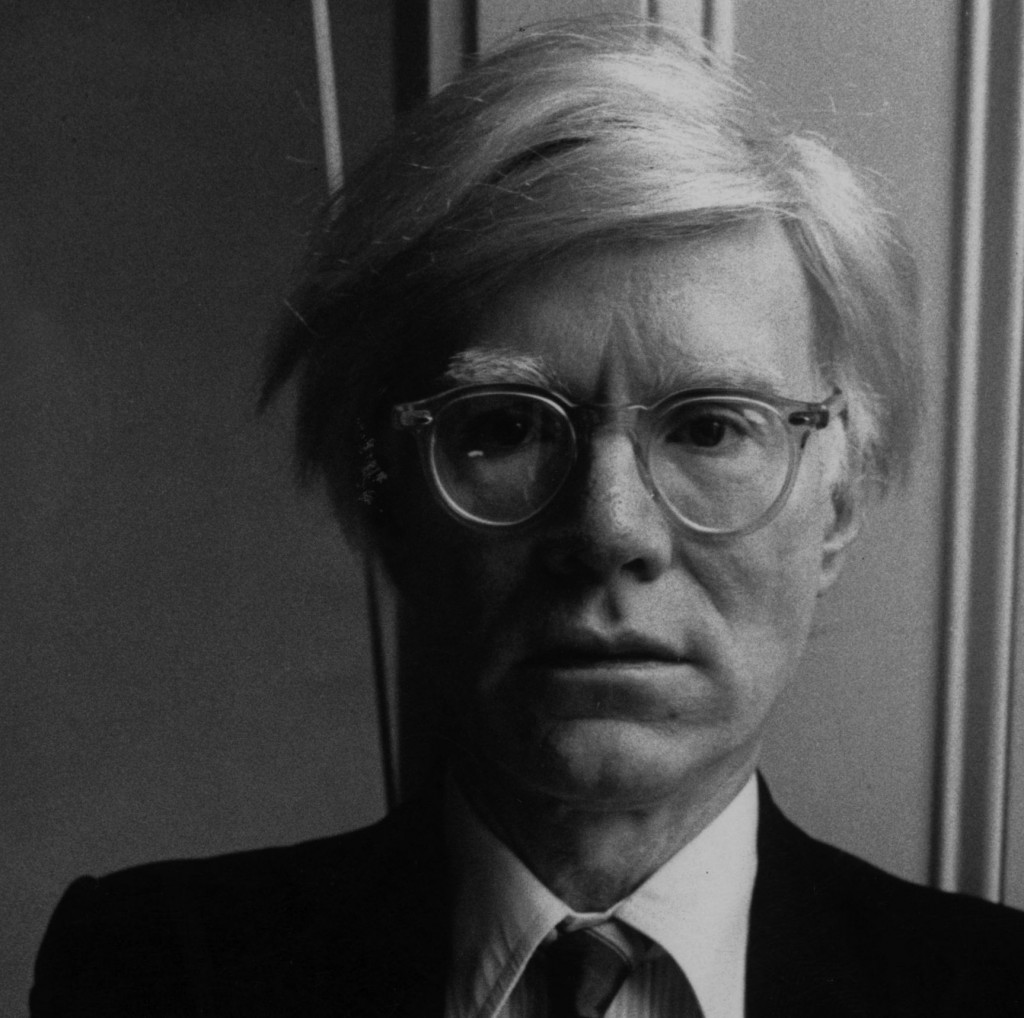
(Photo by John Minihan/Evening Standard/Getty Images)
From Kevin Pollack Show, #223:
Joel Murray: Back in the day, we were out one night, with Gilda Radner and my mother . . .
Kevin Pollak: We?
Joel Murray: My brother Brian and Bill. I wanna say this is the same night we saw Robin Williams at the Copacabana early in the evening with Lucy Arnez. Saw Robin do a show that blew us away. This is 1979, 1980. I laughed my ass off and I sat next to this strange guy who did not laugh once. White-haired fellow. I was like, who is the dead wood? Oh, that’s Andy Warhol. (Beat) Did not find the show funny.
Speaking of Warhol, even after he had become a major celebrity, I read this morning that Warhol more or less kept his day job, doing magazine illustration as late as 1986. That old Pittsburg work ethic dies hard. Plus, it was as much a work of art as anything else he did.
January 14th, 2015 by dave dorsey
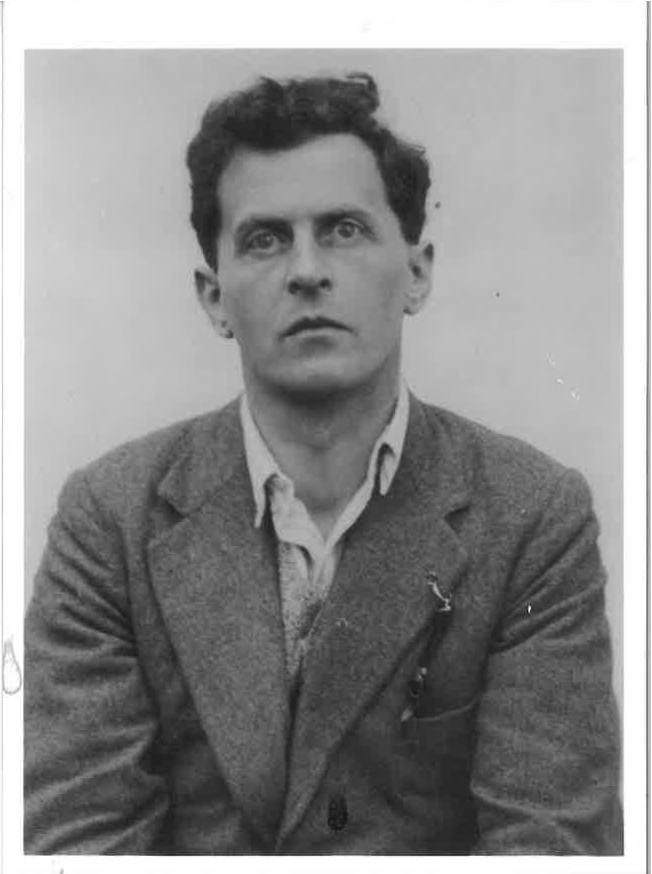
Ludwig Wittgenstein
A shot from a small piece where poets pick their favorite photographs in the Paris Review. (Speaking of which, I read a few days ago that George Plimpton was at Bobby Kennedy’s side when the candidate was shot. Did Plimpton ever do anything boring aside from brushing his teeth? I’m assuming he did it the way the rest of us do.) Ann Lauterbach, on this picture of Wittgeinstein:
The Wittgenstein photograph is unsettling; it’s as if he can barely see out from his mind’s fervent activity. There’s something eerie about looking back at him, into his uncomfortable, intelligent eyes, and thinking about the silence that every photograph compels us to acknowledge. I think about this silence often, and the indifference of images to it, and the ways in which captions try, but ultimately fail, to undermine it. Wittgenstein thought a lot about the relationship of silence to words . . .
As did Heidegger. Images as far more akin than writing (and thinking) to the silence Wittgenstein pondered. Poetry gets closer to it than any other form of writing. “Indifference” puzzles me: “The indifference of images to this silence.”
January 12th, 2015 by dave dorsey
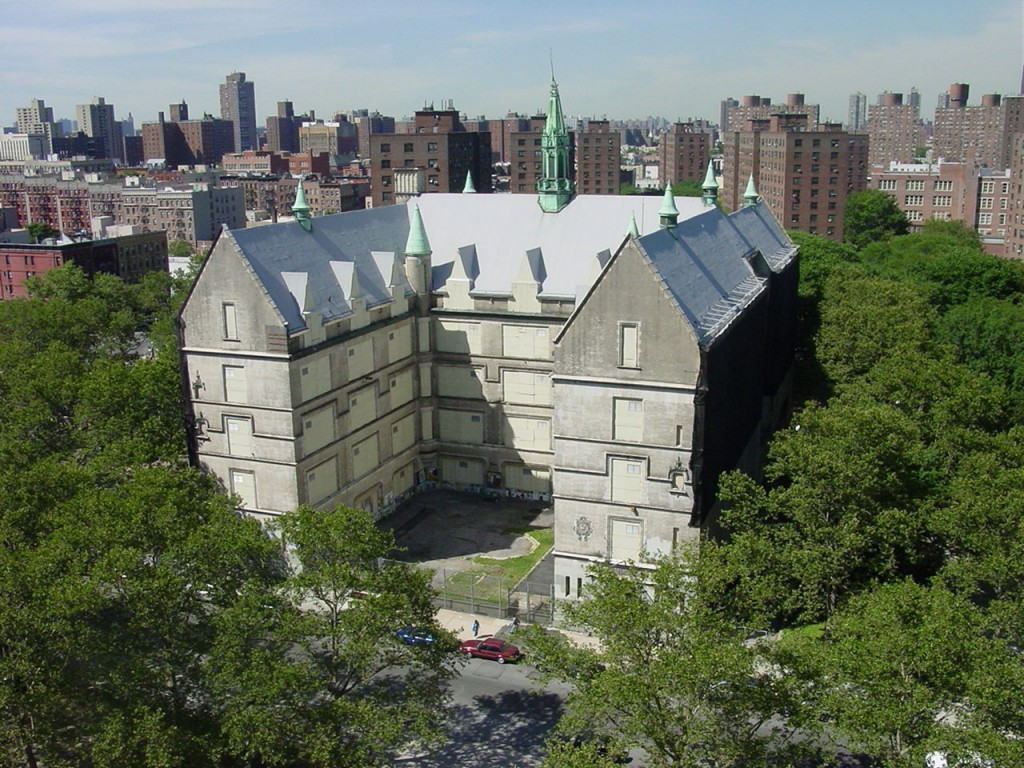
It’s gonna need some windows.
Will Harlem become the new Bushwick? “We should be cultivating affordable housing in general.” http://bit.ly/1zZny6R
January 10th, 2015 by dave dorsey
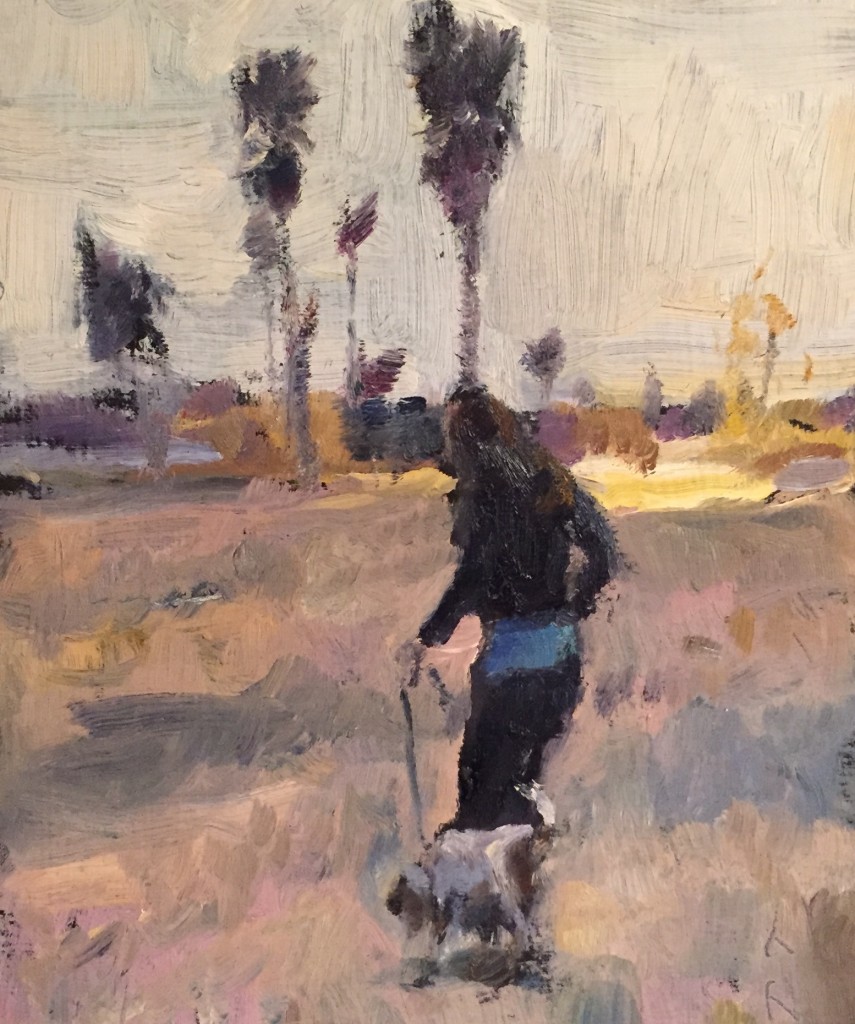
Jim Mott’s oil of a dog walker he saw in Arizona
I could write a dozen posts based on my conversation this week with Jim Mott. Knowing me, I probably will eventually, one way or another, but one small point we talked about just surfaced while I was working on something entirely unrelated to painting. We both spoke about work habits and how difficult it can be to paint on a fixed schedule. He has intense resistance before sitting down to paint. He’s told me in the past that he approaches every new painting feeling as if he has to learn all over again how to make a picture, though he knows a wealth of things about how to paint. As painful as it is, he thrives on this sense of flailing at the start, struggling to simply get a grip on what he’s going to do, mark by mark–the instability of that moment seems necessary for getting a purchase on what has to be done each time he sits down to paint. My habits are much different. I have a set of methods that enable me to ignore those uncertainties, up to a point, and they make the earlier stages of building a painting almost routine–with the exception of the first stage, seeing the image I want to paint. That’s when I feel exactly as Jim does. Discovering that image is really the first moment of anxiety and struggle for me. Since I work with photographs I’ve taken, I can spend half a day or most of a day, just trying to compose and capture a picture that will end up as the source for a painting. Jim faces the same uncertainty when he wanders through a landscape looking for what he’s going to paint–and he had a funny story about how, on one of his peregrinations, he used a GPS coordinate generator to find utterly random scenes, and how he forced himself to paint even the most unappetizing views of the region, based on the locations his software calculated. He forced himself to stick with the locations without, as it were, rolling the dice again.
Normally, for me, finding a picture just means working within the slightest variations of light and setting around my own home, involving a few objects I’ve painted before. It’s amazing how difficult this can be, because I need to have some kind of emotional response to what I’m seeing; there has to be something enticing about recreating it in paint, and that’s not easy to inspire, even if I’m simply setting up a still life in an artificial way. It’s never a sure thing. I can even come up with a shot that I believe is exactly what I need but when I begin to paint it, I realize it won’t come together properly, and I abandon the painting. Also, I can lose what felt like a compelling image in the middle of painting it, which is when the struggle returns. There’s a point in almost every painting where I start doing things I don’t know how to do–problems I haven’t had to solve before. I discard far more paintings than I would like, but that moment of deciding that a painting doesn’t work–and it can be even after the painting is finished–is close to the mysterious crux at the heart of what painting is. A painting has to live, which is different from saying a representational image needs to resemble life itself. A painting can be an exact replica of what’s in front of the lens, either an eye’s or a camera’s, but that doesn’t mean it will come alive for a viewer. It needs to do more than simply look real; it needs to feel alive, both as a scene, and as a physical object on a wall. That comes, in my view, from the difficult delight of laboring, with an appetite for the work, hours and days and weeks or months, making a thousand marks, and another thousand, with a sense of wanting the paint itself to convey its own vitality, in addition to the way it persuades the eye that it isn’t simply looking at paint. To be that invested in something as fundamental and physical and mostly subservient as the act of painting is what’s required for the final work to strike others as vital and arresting. But what that life is, the quality of both presence and absence a good painting has, as people themselves do, the way it discloses and offers so much while also giving the sense of withholding just as much, and leaving so much out, unarticulated–there doesn’t seem to be any way of objectifying how this happens, or even describing it. The routines only take me so far, and then I’m as adrift as Jim before he starts working, from start to finish. The best indication that it’s coming together though, is nothing more authoritative than a feeling (which sounds nebulous but isn’t), a sense of anticipation and a willingness to keep working on a particularly tough section until it’s right, a surrender to the terms of what’s beginning to appear as you realize the unique challenge the work represents. Keeping that hunger alive, the appetite to keep applying paint, even when something resists everything you already know how to do, is what eventually makes the painting work. It’s something an individual achieves alone, and can’t be taught, though it’s easy to see its results in all the great paintings of the past. Seeing it in previous paintings is how I realized I wanted to paint in my teens.
January 8th, 2015 by dave dorsey


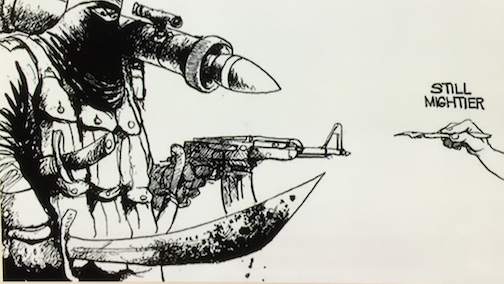

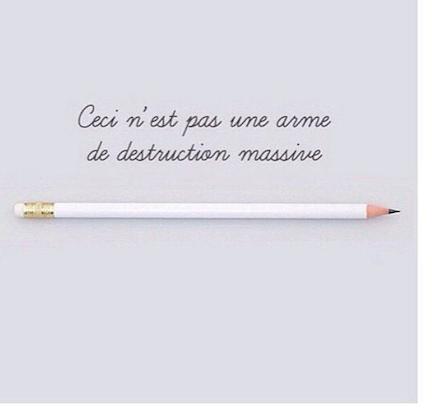
January 6th, 2015 by dave dorsey

I spent a couple hours talking with Jim Mott yesterday, which I’ll write about shortly, but I wanted to pass along this nice opening paragraph from the September New York Review of Books he gave me:
“Imagine the Jeff Koons retrospective at the Whitney Museum of American Art as the perfect storm. And at the center of the perfect storm there is a perfect vacuum. The storm is everything going on around Jeff Koons: the multimillion-dollar auction prices, the blue chip dealers, the hyperbolic claims of the critics, the adulation and the controversy and the public that quite naturally wants to know what all the fuss is about. The vacuum is the work itself, displayed on five of the six floors of the Whitney, a succession of pop culture trophies so emotionally dead that museumgoers appear a little dazed as they dutifully take out their iPhones and produce their selfies.
Of course even those who take a serious interest in Koons know that he’s also full of baloney. Roberta Smith, reviewing the Whitney retrospective in the Times, comments on his “slightly nonsensical Koonspeak that casts him as the truest believer in a cult of his own invention.” That is well put. The essential fact about the Koons cult, however, is not that Koons invented it, but that it has gained such extraordinary traction, in the art world and well beyond. Day after day, the crowds are lining up outside the Whitney, waiting to get in to see the Jeff Koons show. What are they to make of the tens of millions of dollars that have been squandered on this work? What are they to make of the critics and historians who are defending Koons with a belligerence that allows for no debate? And what are they to make of the Whitney Museum of American Art?
That Koons will be Koons is his own business. That he has had his way with the art world is everybody’s business. No wonder the people in the galleries at the Whitney look a little dazed. The Koons cult has triumphed. For his next project Koons should consider manufacturing a ten-foot-high polychromed aluminum Kool-Aid container.
Jed Perl, New York Review of Books
December 29th, 2014 by dave dorsey
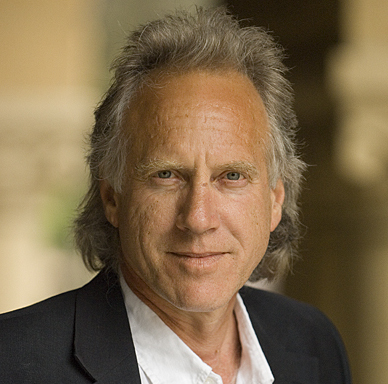
“Chief among the virtues is gratitude. Friendship would be a close second.”
–Robert Harrison, Entitled Opinions, 2006
December 27th, 2014 by dave dorsey
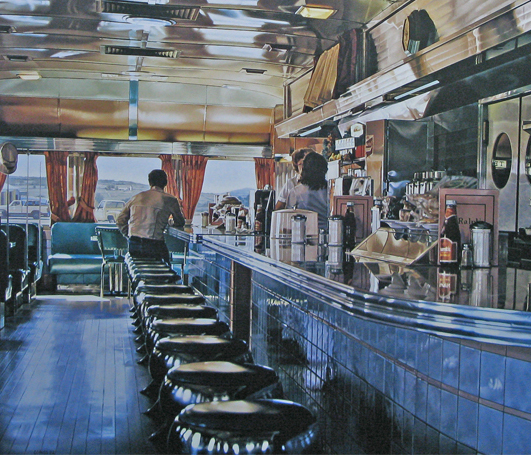
Ralph Goings, Ralph’s Diner (1981-1982), Oil on canvas.
Not surprisingly, the deadline for being an originator of photo-realism has long since passed, but photo-realism itself is still alive and well, though it doesn’t attract much critical attention. It was interesting and a little amusing to run across (in Wikipedia) these “rules” for determining whether an artist was an originator of photo-realism, or just a late-coming follower of the school. My response to Rule Number Three . . . well, yeah.
The word Photorealism was coined by Louis K. Meisel in 1969 and appeared in print for the first time in 1970 in a Whitney Museum catalogue for the show “Twenty-two Realists.” It is also sometimes labeled as Super-Realism, New Realism, Sharp Focus Realism, or Hyper-Realism.
Louis K. Meisel, two years later, developed a five-point definition at the request of Stuart M. Speiser, who had commissioned a large collection of works by the Photorealists, which later developed into a traveling show known as ‘Photo-Realism 1973: The Stuart M. Speiser Collection’, which was donated to the Smithsonian in 1978 and is shown in several of its museums as well as traveling under the auspices of SITE. The definition for the ORIGINATORS was as follows:
1. The Photo-Realist uses the camera and photograph to gather information.
2. The Photo-Realist uses a mechanical or semimechanical means to transfer the information to the canvas.
3. The Photo-Realist must have the technical ability to make the finished work appear photographic.
4. The artist must have exhibited work as a Photo-Realist by 1972 to be considered one of the central Photo-Realists.
5. The artist must have devoted at least five years to the development and exhibition of Photo-Realist work.
What’s missing in the way most people talk about photo-realism is the power it derives from its having been built slowly, with physical objects and substances, not simply because it’s an amazingly skillful duplication of a photographic image. Something essential goes into the painting, which wasn’t present in the photograph, even when the finished work looks like an exact replica of the photo. (Though even the best photo-realist work rarely looks exactly like a photograph.) I think what distinguishes the painting of an image captured with a camera (and this is obviously part of what makes Vermeer, the original photo-realist, great) has to do with the “aura” of an original work of art, which Walter Benjamin dismissed as something mass media had exterminated. Not so fast. The physical act of making a painting, one brushstroke at a time–whether it’s abstract expressionism or photo-realism or anything in between–conveys something tangible but difficult to name. It also alters the photographic image incrementally in a hundred small ways that have to do with an artist’s unique preferences and taste. If you gave the same photograph to two different photo-realists, you would be able to distinguish one painting from the other, no matter how similar they were, and those differences embody the unique ways an artist gets his materials to obey him, or doesn’t–and then learns to adapt to what he can and can’t do with paint. All of this gives a painting its personality, presence, and the sense that it’s somehow alive. The essence of a photograph, its vitality and power, isn’t tied to a specific physical object, in a particular place–I think it’s far more infinitely reproducible. A photo-realist painting brings the image back into the physical world. It’s as much an object on the earth as the person who made it, and the essence of a painting is connected to the limitation of its physical nature, which is also its unique advantage, and part of what essentially makes the great paintings so expensive. In their own way, they’re one of a kind, even if they look exactly like something that could have been reproduced a million times.
December 25th, 2014 by dave dorsey
![Mosaic icon of the Virgin Episkepsis, late 13th century [Credit: Byzantine and Christian Museum, Athens]](https://thedorseypost.com/wp-content/uploads/2014/12/madonna-and-Child-892x1024.jpg)
Mosaic icon of the Virgin Episkepsis, late 13th century [Credit: Byzantine and Christian Museum, Athens]
December 21st, 2014 by dave dorsey
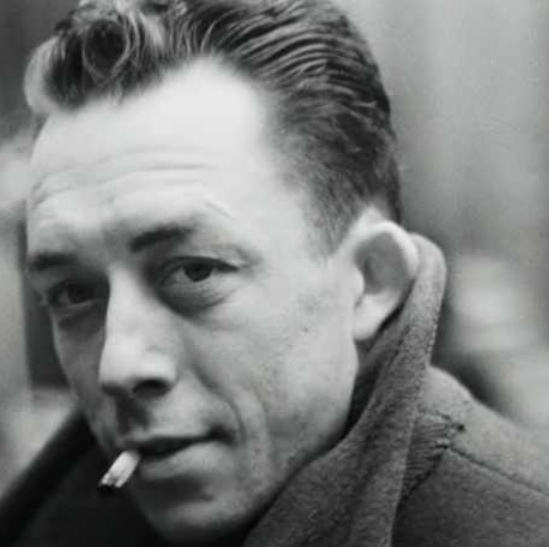
“The sun that reigned over my childhood freed me from all resentment.”
–Albert Camus
Camus was born in Algeria, Nov. 7, 1913.
His father was a poor agricultural worker. His mother was illiterate and nearly deaf and worked as a “domestic.” A cleaning lady.
When Camus was less than a year old, his father died as a result of his wounds in World War I.
His mother moved her family into his grandmother’s three-bedroom apartment in the Arab Quarter of Algiers. They lived there with his mother’s two brothers, six family members in all. The grandmother was domineering, cruel, and ostensibly carried a whip made from the neck ligament of a bull. Apparently, she was all Albert had, until he found some books. The apartment had no electricity or running water; the toilets were on the landing and shared with the two other apartments in the block.
In his acceptance for the Nobel Prize, he said, about the current terrorism in Algeria, as it struggled to free itself from France, “‘People are now planting bombs on the tramway of Algiers. My mother might be on one of those tramways. If that is justice, then I prefer my mother.”
His remark caused a stir in Paris. Sartre, the Marxist, accused him of having the “morality of a Boy Scout.” Yet it was a philosophical stance, not a sentimental one, placing a value on individual human life above all ideology or political agendas. It was really an extension of things he’d written in The Rebel. He was one of the writers who got me through college, thanks to an extracurricular reading list I assembled myself. Life happens, one human relationship at a time, and Camus pointed out that ideas and ideology and theories and “isms” blind everyone to the humble fact that one human encounter at a time is all we have. The rest is automatic pilot. I think of it as humble friendship. Theories kill or cost way more than they’re worth. Meaning follows perception and action; things and people matter more than any meaning you can attach to them consciously, or creatively–and on their own have a complex human significance you can’t package as a metaphor or turn into a message. If that finds its way subliminally from the work to the viewer, it’s because the artist gets out of the way and lets it happen, one friend to another.
December 19th, 2014 by dave dorsey
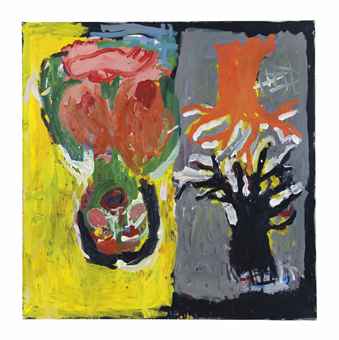
Christie’s priced this Baselitz at around $600,000. How does he make ends meet?
An article on Georg Baselitz in The Independent seems designed to make your jaw drop. Aside from the comments about female artists, there is an equally funny remark from someone pushing back against Baselitz by dissing him, on the grounds that his work doesn’t pass the sales test he sets up in his remarks. The point is that the highest price his work has fetched is “only” $4.5 million. That says more about the haywire perspective here than anything else. My riposte to Baselitz would be nothing but a list of female painters whose work I love, or at least like quite a bit: Martin, Frankenthaler, Riley, Saville, O’Keefe, Matthiasdottir, Fish, Freilicher, Krasner, Cassatt. . . and quite a few lesser-known women I’ve written about here. I’m surprised he didn’t fault women for failing to turn their images upside down. From The Independent:
Women cannot paint well, despite making up the majority of art students, according to one of Europe’s pre-eminent post-war artists. Georg Baselitz, who was lauded by the Royal Academy five years ago as one of the greatest living artists, dismissed women painters, saying that they “simply don’t pass the market test, the value test”, adding: “As always, the market is right.”
“Women don’t paint very well. It’s a fact,” the 75-year-old German artist told the German newspaper Der Spiegel. “And that despite the fact that they still constitute the majority of students in the art academies.”
Baselitz conceded there were exceptions, pointing to Agnes Martin, Cecily Brown and Rosemarie Trockel. After praising Paula Modersohn-Becker, however, he added that “she is no Picasso, no Modigliani and no Gauguin”.
Griselda Pollock . . . co-author of Old Mistresses: Women, Art and Ideology, said: “Only few men paint brilliantly and it’s not their masculinity that makes them brilliant. It’s their individuality. Baselitz says women don’t paint very well, with a few exceptions. Men don’t paint very well either, with a few exceptions.”
Sarah Thornton, who wrote Seven Days in the Art World, said: “I disagree with him; the market gets it wrong all the time. To see the market as a mark of quality is going down a delusional path. I’m shocked Baselitz does. His work doesn’t go for so much.”
The record for a work by Baselitz was £3.2m in 2011 for his work Spekulatius.
“Men don’t paint very well either.” Just that and nothing more would have been the perfect response.
December 17th, 2014 by dave dorsey
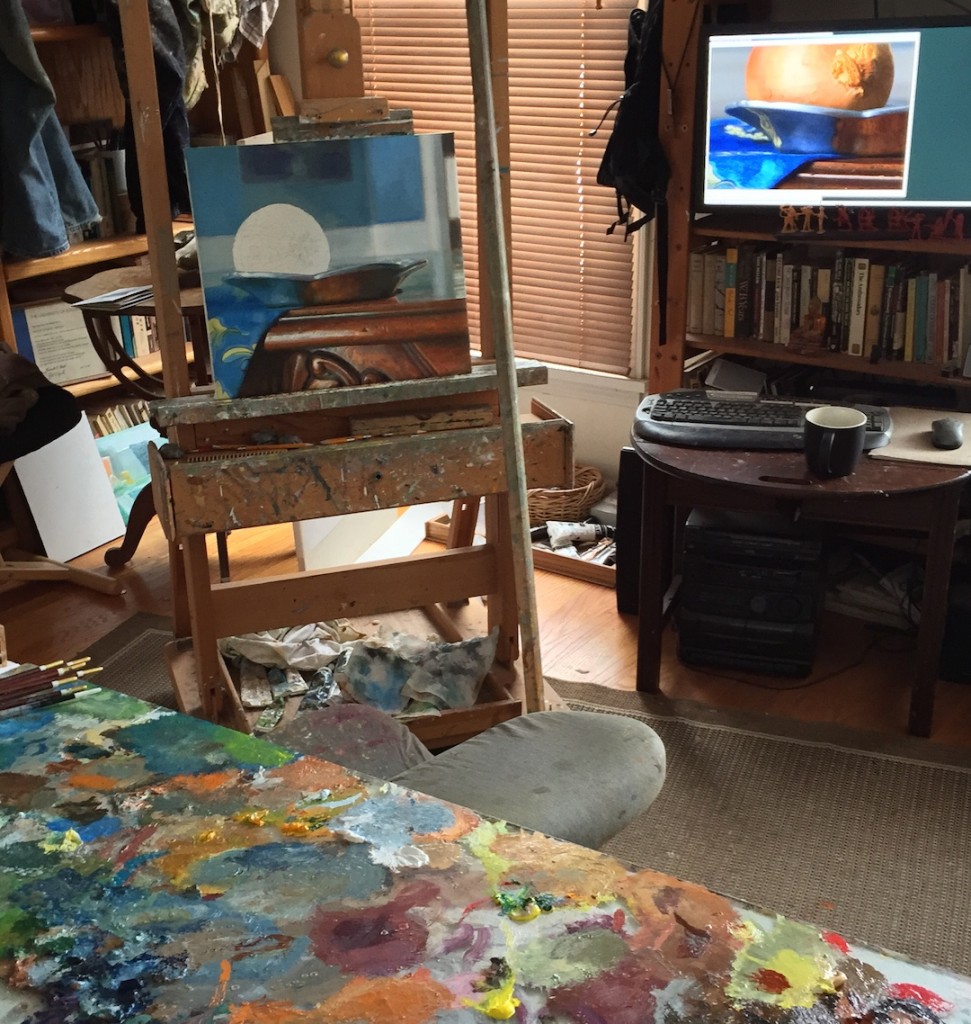
Almost done. Only the onion to go, plus a little smoothing on the blue walls of the dining room behind the still life. I’ve been thinking of a show built around “interior still lifes” where the surrounding room is as significant as the everyday objects in the forefront. I’m doing this one mostly a familiar and reliable way, one section at a time, working each small area to completion and then moving on, though in places I’m doing lobes of flat color to establish comparative values and then I drop in, by air, and start wandering around in there, raising up actual terrain, wet-on-wet, within those flat mapped out areas of color. I’m going to finish the onion gradually, one centimeter at a time. That’s a carved wooden table my parents gave us, with a couple leafs to allow all of to get around it. Around the table will be our daughter and son-in-law, their new baby, Poppy, along with our son-in-law’s parents, and my parents and my brother. At the center of it all, emotionally, will be the new baby, and then the rest of us who are just hanging around hoping for good things from these younger people. The blue walls and white chair rail in the room were Nancy’s choice, so it’s a kind of earth-and-sky thing in the painting, with the blue napkin under the candy dish. (An onion is like candy to a real cook, isn’t it?) I lied about that wall color when I changed it to a dull orange in a quick still life of a cream pitcher on that same table, which I sold in my last show at Oxford Gallery two years ago. I miss that painting. This is a completely different piece of work. There’s more Velazquez than Manet in this one, though that was something I realized only as it was happening. (Manet worked under that Spanish influence and broke free of it without losing everything it taught him, but I’m splitting the difference here a bit.) The onion is going to be a challenge, with the satiny color of that translucent and bronze skin, but that’s making me eager to get to the easel as early in the morning as I can. This painting has been a turning point for me in my work for the two-artist show at Oxford Gallery in March, because from the very start I couldn’t wait to get back to it, just wanting to dig with paint into the carved shapes of that wooden table. (I was even thinking about this painting while I sat at the bar at Parnell’s on First Avenue last weekend, three hundred miles away from it.) It felt like reshaping that table with my brush as I made those relief carvings appear on linen. It grew out of a photograph and I didn’t settle on the image until, eventually, I aimed the camera downward to do justice to that table and the way the light played on it. Maybe I’ve made that onion harder to reach than ever, having jinxed the process by talking about it. We’ll see.
December 15th, 2014 by dave dorsey
 Being a midwife rather than a dictator suggests to me the difference between Braque and Picasso. Einstein puts the hair into perspective too.
Being a midwife rather than a dictator suggests to me the difference between Braque and Picasso. Einstein puts the hair into perspective too.
From The Guardian:
So, anyway, album of the year! Hooray! Did you feel that St Vincent would be so critically acclaimed as you were making it?
[Laughs.] I mean, no! It’s not that it felt bad, more that I don’t write from the point of getting critical success. That feels like a quick way to artistic death labyrinth. You have to approach the creative process with reverence and respect, but you also have to give yourself over to it and say: “The music will tell you what it wants to be, so try and get out of the way, try and be a midwife instead of a dictator.” . . . It was kind of like … I don’t have children, but this is what I imagine having children would be like. I’m from a family with a lot of kids, and I was later down the line … by the third kid, or the seventh kid, you’re just like: “Yeah, stay out as late as you want! Do whatever!” You learn to just let them be what they want to be.
The Guardian review of St Vincent claimed that your style icon is Einstein …
Yeah, I’m quite an Einstein fan. I love that he only had one outfit because he needed to conserve brain space. He essentially had a uniform so that he didn’t have to think. When you can make those macro decisions automatically, you free up a lot of time for more important things.
Have you taken this on in your own life?
Yeah … I mean, I’m organised. I’m obsessed with the idea of building systems and how systems work. So I’m definitely the person who spends their time creating the system and then implements the system. That way, you’re not reinventing the wheel every single day.
December 13th, 2014 by dave dorsey
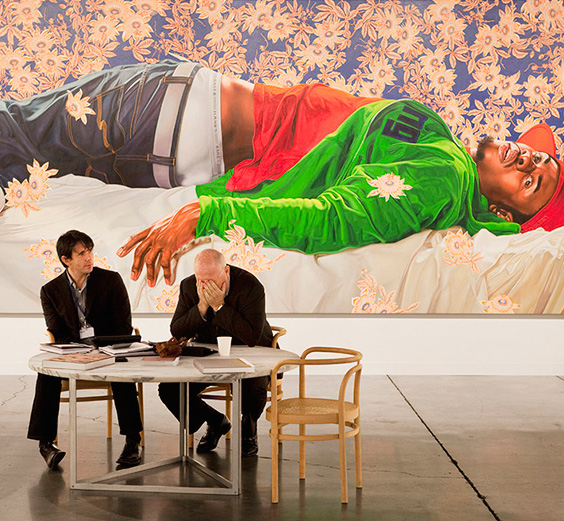 At Quartz, someone actually wrote this:
At Quartz, someone actually wrote this:
“Anyone who is a serious member of the creative class,” Art Basel director Marc Spiegler told Reuters last week, “is going to come into our fair. We’re getting a lot of requests from CEOs and CMOs who’ve never come to the fair.” In other words, there is a legitimate turn taking place as the idea of an immensely lucrative contemporary art market ceases to seem like a sign some market bubble is about to pop. With each passing year, contemporary art becomes a more plausible tent-pole for the global creative economy.
I love how two sentences can herd the creative class into very close quarters with CEOs. The opportunity and income gap is nowhere more extreme than in art. As soon as someone says a hyper-inflated market for things of extremely flexible value isn’t a bubble, you know it’s a bubble. A long-lasting one, maybe, but nevertheless. The point of the article is that art may be going the way of high-end cuisine, becoming accessible to a far larger market, though it seems it might be compared more accurately to tulip bulbs than to the latest iteration of risotto with chile oil.
“Anyone who is a serious member of the creative class is going to come to our fair.” I could make a long list of names of hugely talented members of the creative class who don’t have the time for it because they are too busy being creative.
The Economist explains that the big fair has spawned a lot of satellite events and galleries, as well as parties, and whatever money settles into that river delta of spending will go to emerging artists. Fair enough, no pun intended. But mostly its a carnival of conspicuous consumption, isn’t it?
Throughout all this, Miamians put up with the influx of cognoscenti and socialites with good humour. It does not matter that the traffic is snarled up and pretentious outsiders are flaunting their bulging bank accounts; this is a colourful pageant that not only bolsters the local economy but showcases genuine, creative talent. And with winter setting in elsewhere, the warm sunshine is fantastic. The city has come a long way from being the place where, as Lenny Bruce put it in the 1970s, ”neon goes to die”.
For a week or two, then, the exceptional artist who has merely average income might have a chance to happen upon people who love his or her work enough to pay for it. But it’s hard to see how this helps most galleries in New York City or in smaller cities around the country actually stay in the black from month to month. And it’s hard to imagine decent little galleries in mid-sized cities being able to afford a presence at Art Basel.
The Quartz article suggests to me that primarily Art Basel still offers the super-rich an opportunity to sell to the super-rich with a growing attendance from actually creative people who show up out of voyeuristic curiosity. The premise is that the world is becoming more and more visually sophisticated, thanks to Instagram, Facebook, and a life increasingly devoted to looking at electronic screens for communication, information and entertainment. What the article doesn’t explore is how the economics of all this would actually change in favor of the middle class: how the affordable mid-value work, what used to be the emerging effort that had the most potential to go up in value, if a beginning collector placed his or her bets properly, now gets overlooked in favor of the obscenely priced work which appears to be guaranteed to increase in value. The illusion of this insulated jet-set economy is that the creative risk of the buyer has been removed: it’s an investment with a lock on profit. That does impose on visual art a tent-pole mentality from the movie industry, though it’s hard to see how sales at Art Basel will help fund the work of artists who make little for their efforts, the way a major movie could give a studio enough profit to make lesser, award-worthy fare. I guess the answer would be: come to Miami and put up your little booth and try to tell your work once a year to the buyers who can’t afford Koons. The tent-pole model has already been adopted by the book business, with its focus on blockbuster tomes at the expense of the mid-list. I’m not sure how the entire “creative class” will benefit from the fact that unimaginable sums of money move from one enormous bank account to another as a result of a big art fair. Good movies can still make money. Good books too. Good paintings as well. There is some fine work at Art Basel. But as always, art fair or no art fair, it’s a tiny percentile of the creative class who can actually do it for a living, and to have to start modeling one’s idea of how to reach people with a painting on what happens at Art Basel is a very depressing prospect.


















![Mosaic icon of the Virgin Episkepsis, late 13th century [Credit: Byzantine and Christian Museum, Athens]](https://thedorseypost.com/wp-content/uploads/2014/12/madonna-and-Child-892x1024.jpg)




